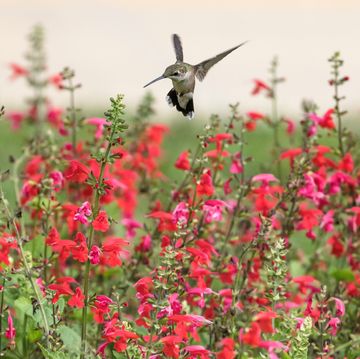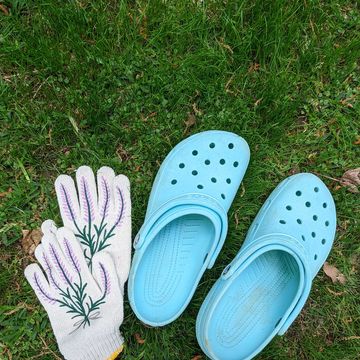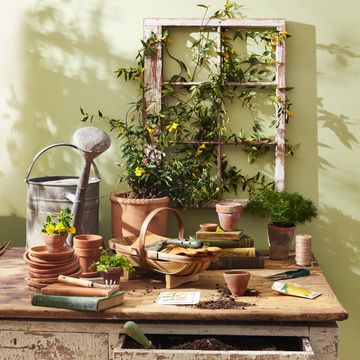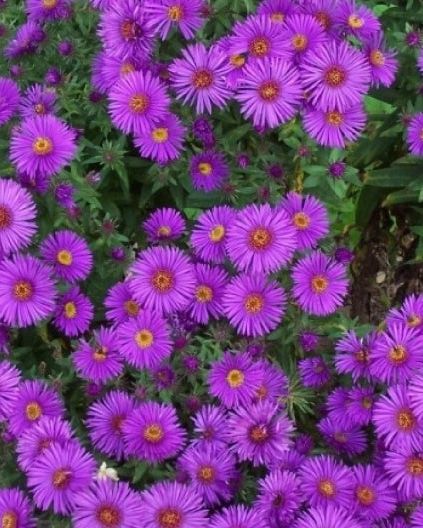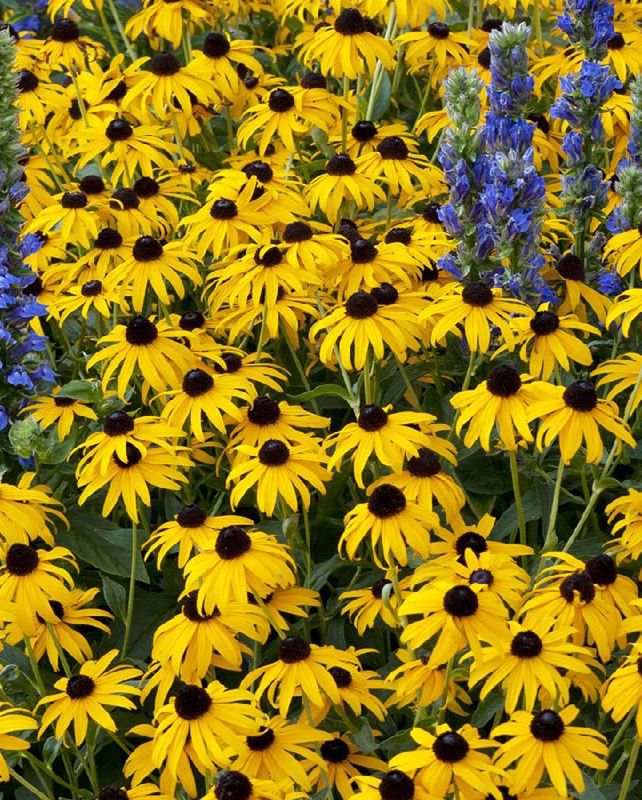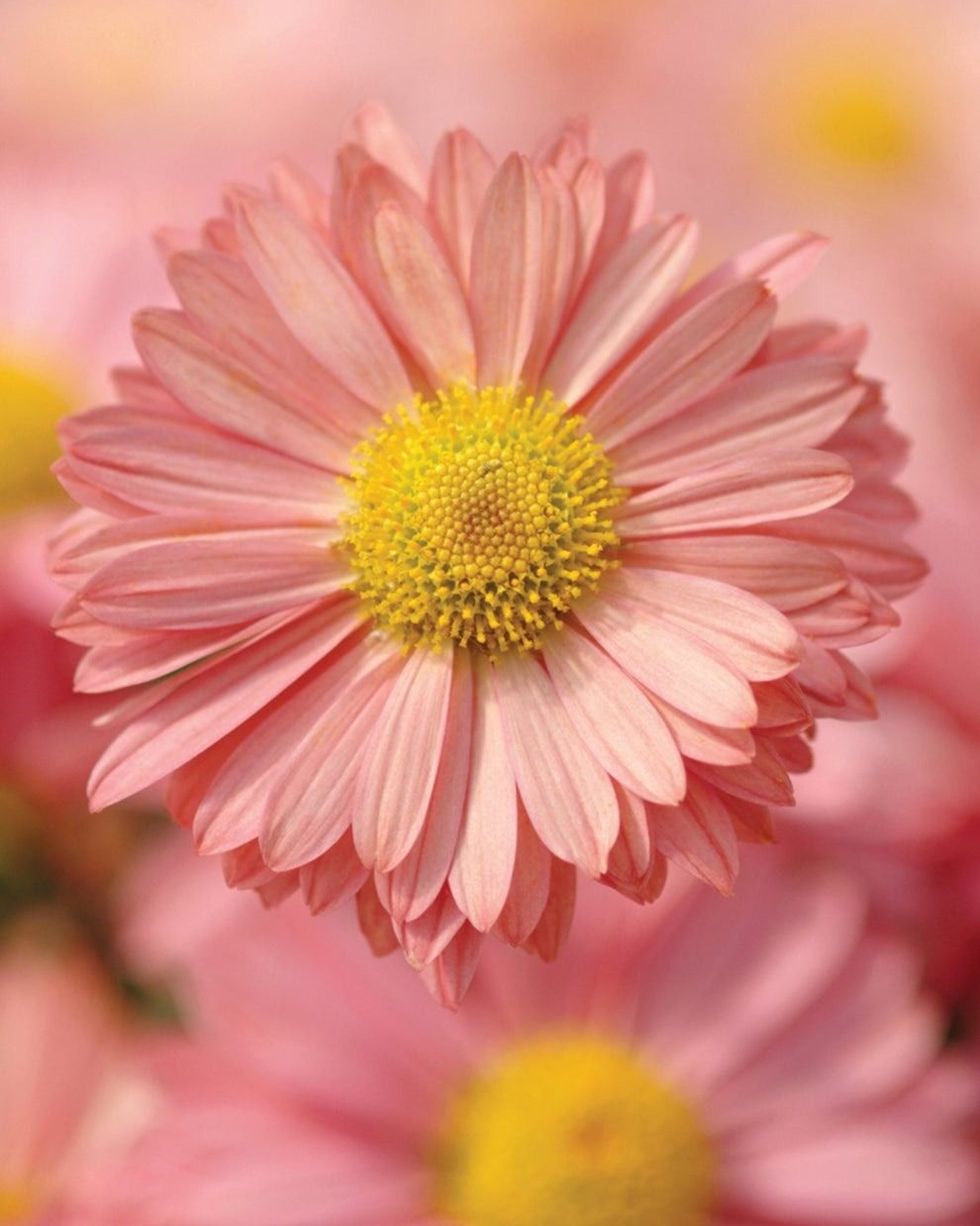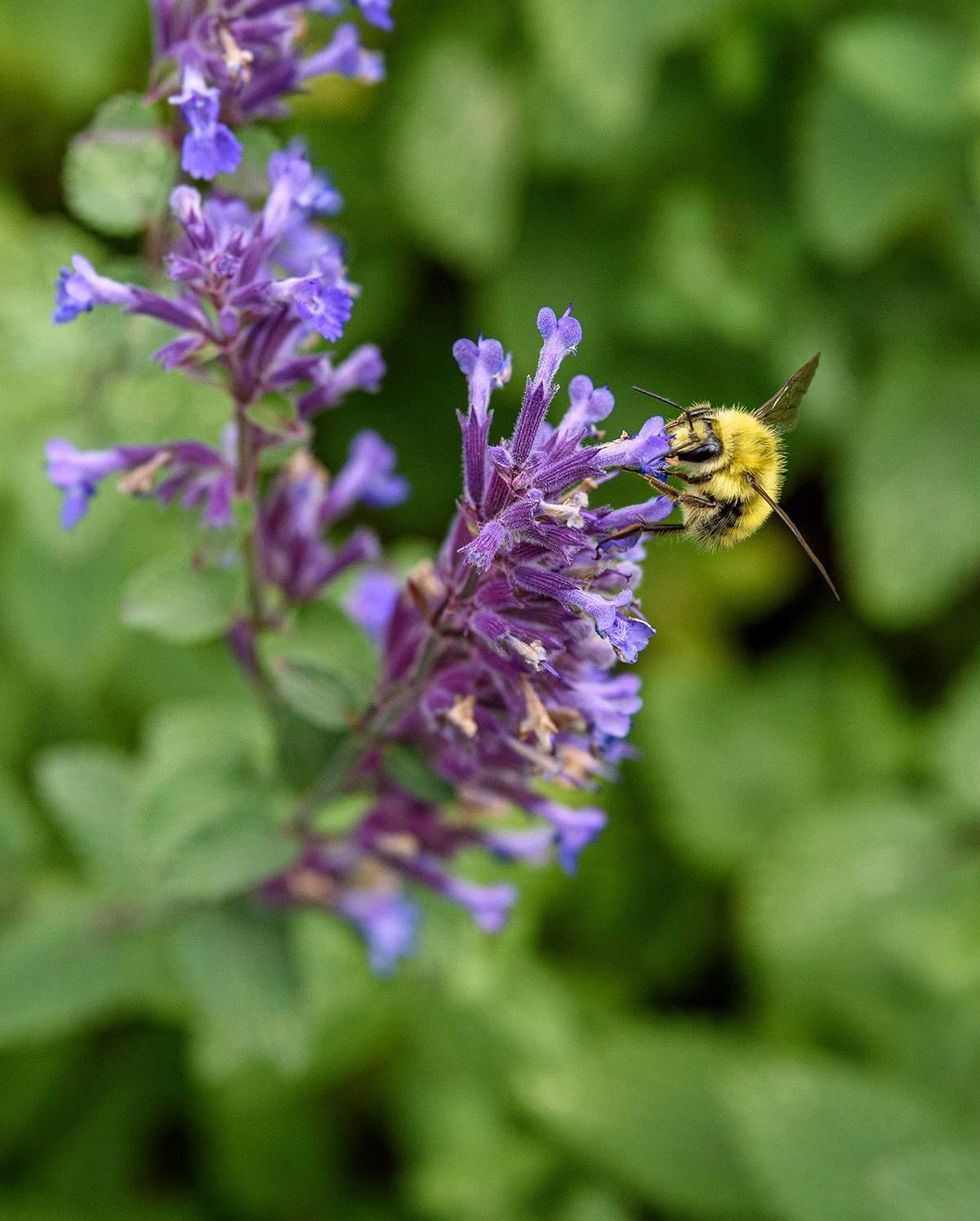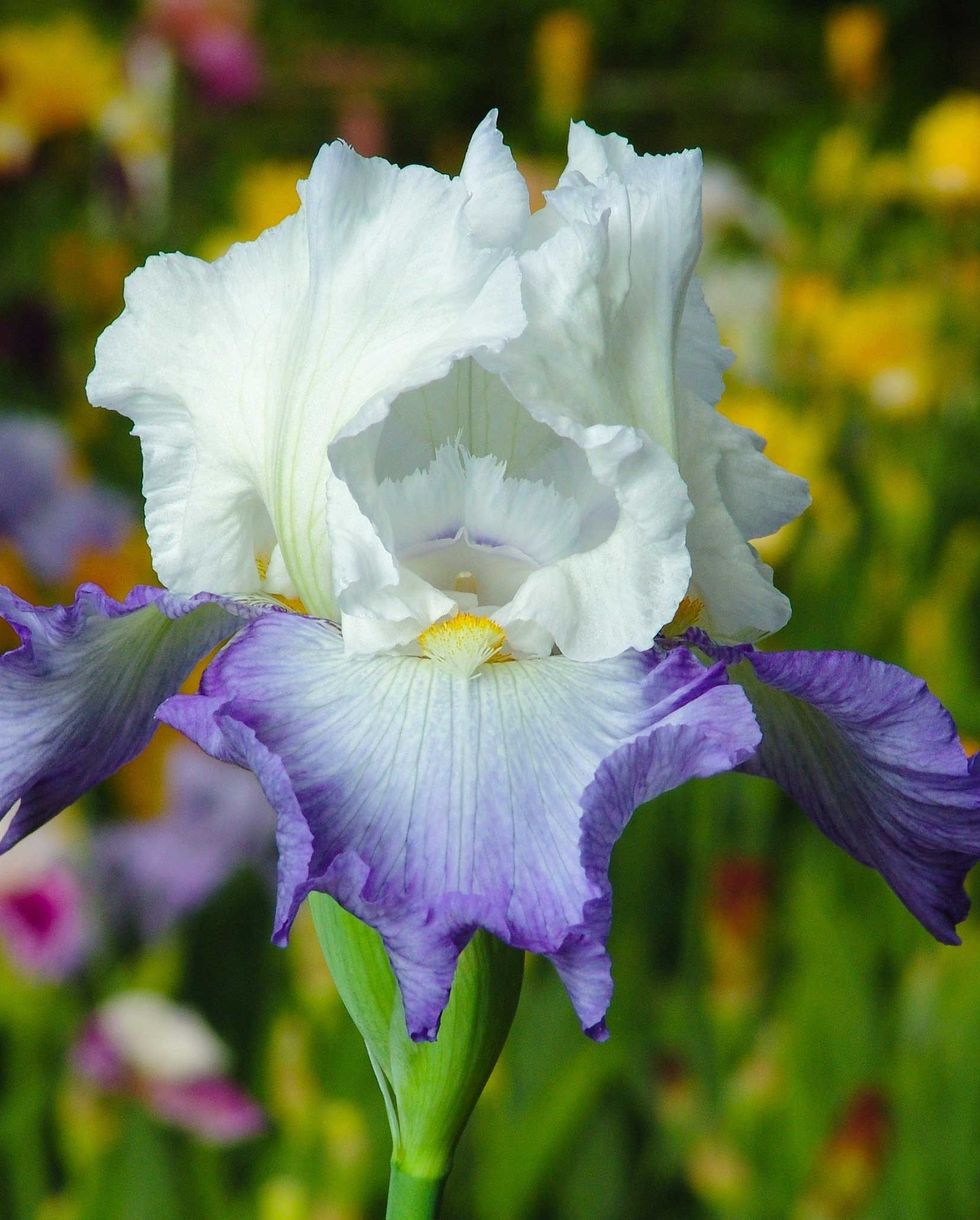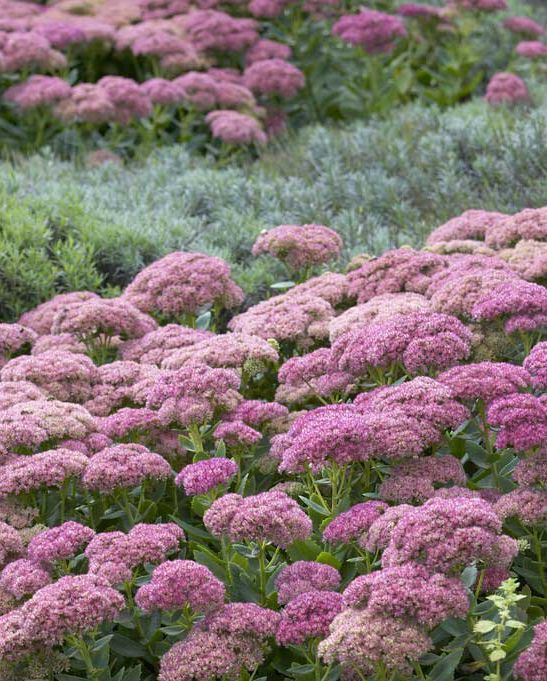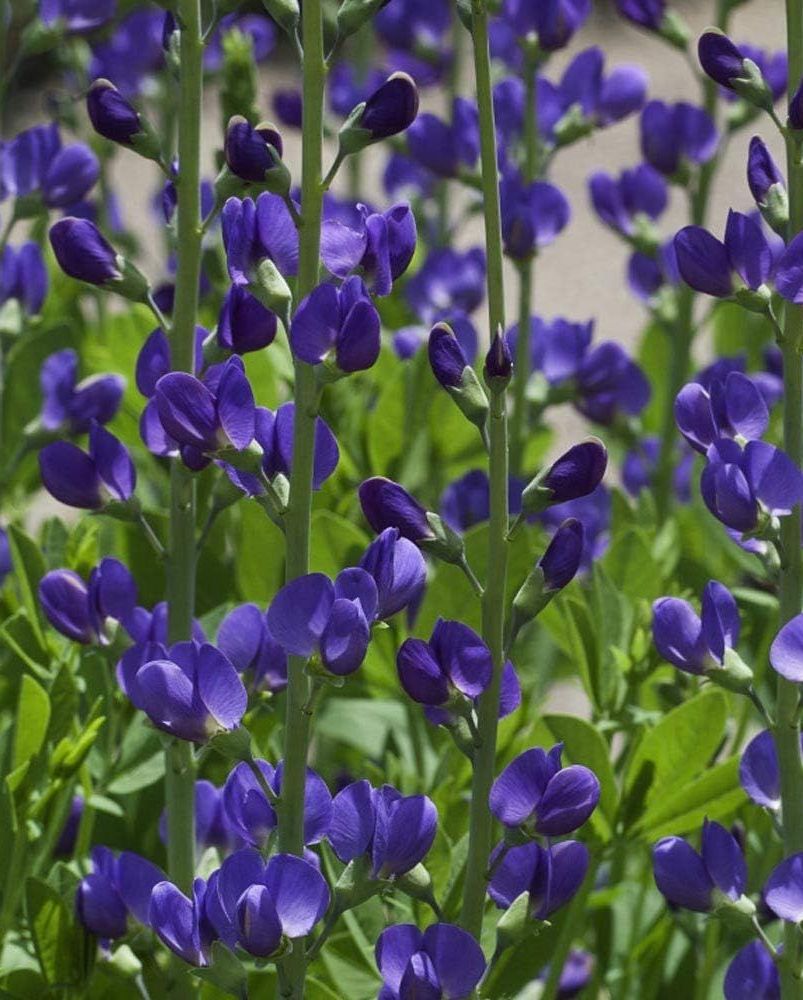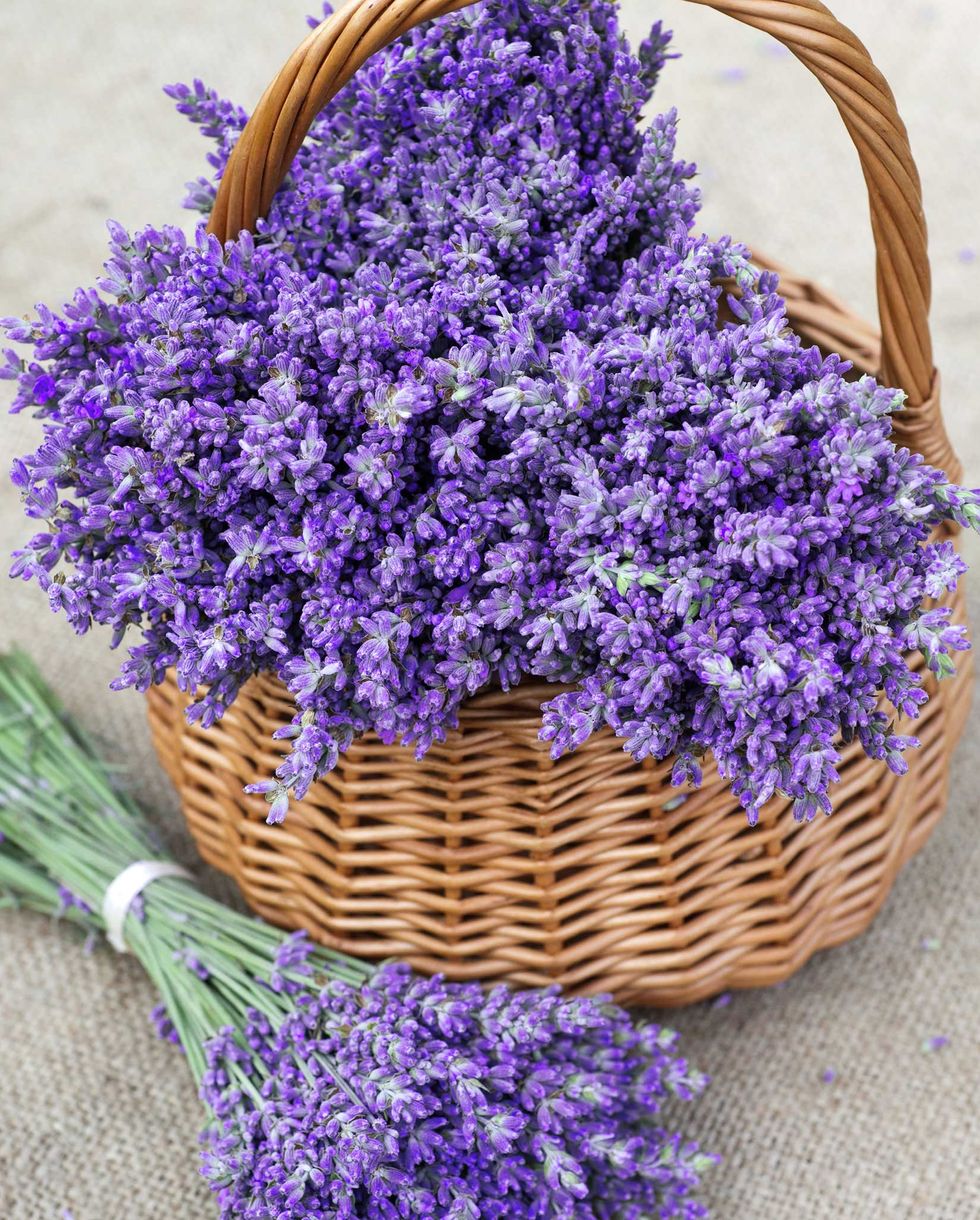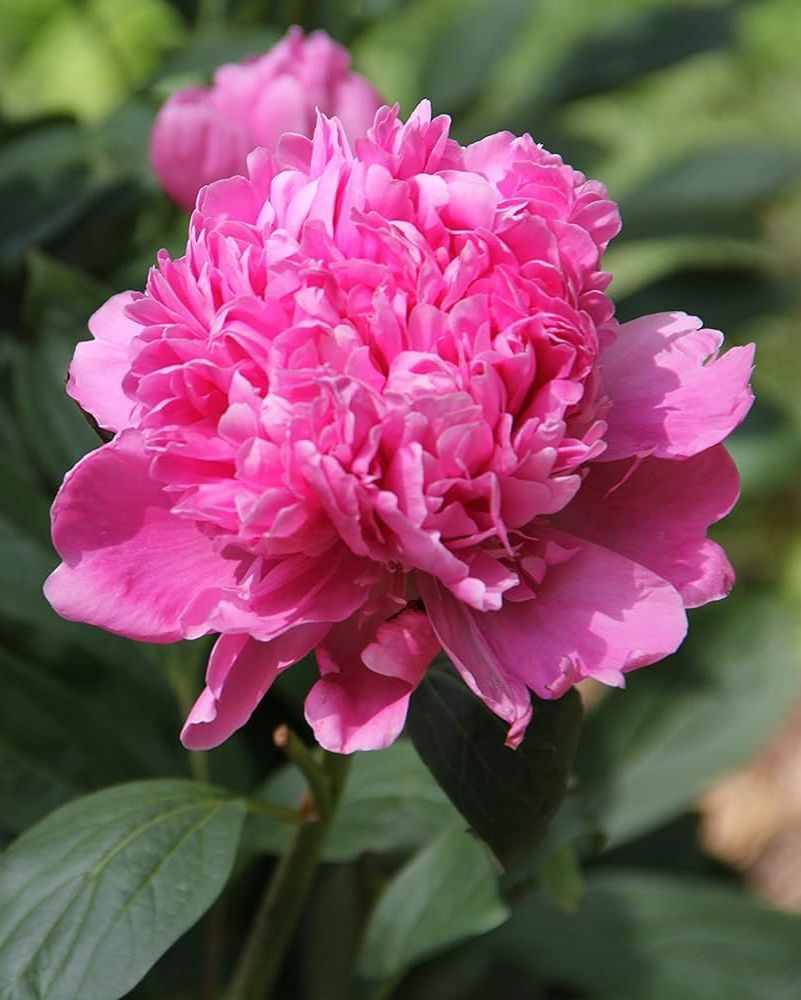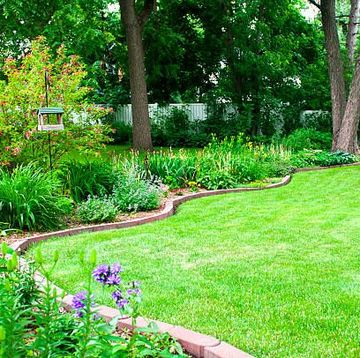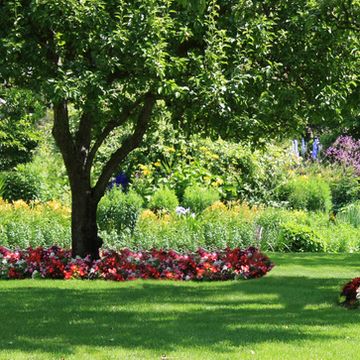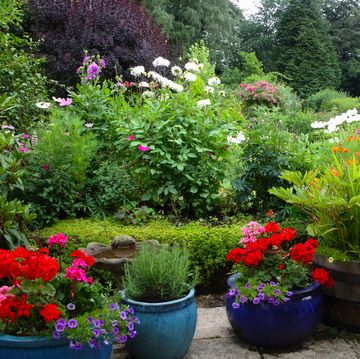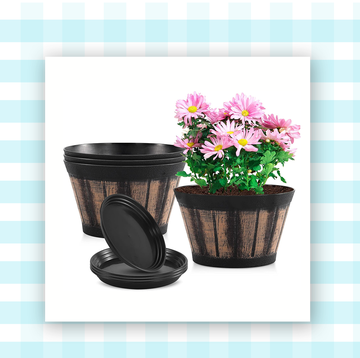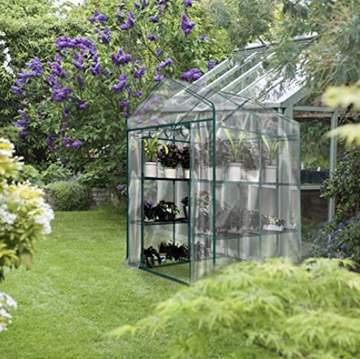When everything else has faded in late fall, asters are just beginning their show.
They come in shades of lavender, blue, pink, and purple. Some will even survive a light frost. They need full sun, and pollinators love them!
Your garden will glow with these sunny yellow blooms, which appear from mid-summer to fall.
The foliage has a low, clumping habit, while the flowers are quite tall. Read the tag: while some are long-lived perennials, others are shorter lived biennials or annuals. Bonus: They reseed, meaning more free plants over time. Give them full sun.
3Astilbe
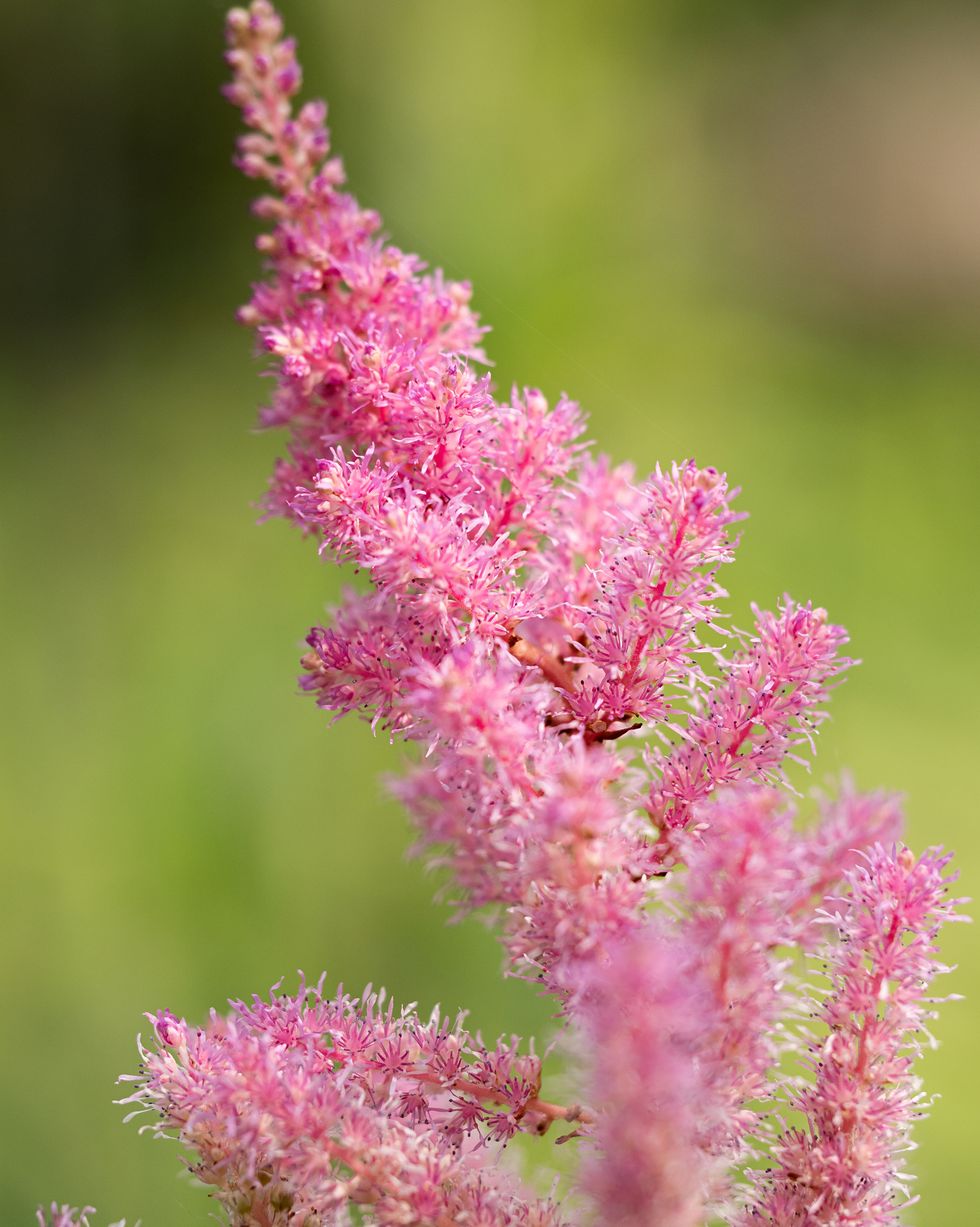 TorriPhoto//Getty Images
TorriPhoto//Getty ImagesThis underrated perennial should be part of any shade garden.
The feathery plumes come in many different colors, from pinkish white to hot pink. Butterflies love it!
SHOP ASTILBE
Advertisement - Continue Reading Below
4Roman Chamomile
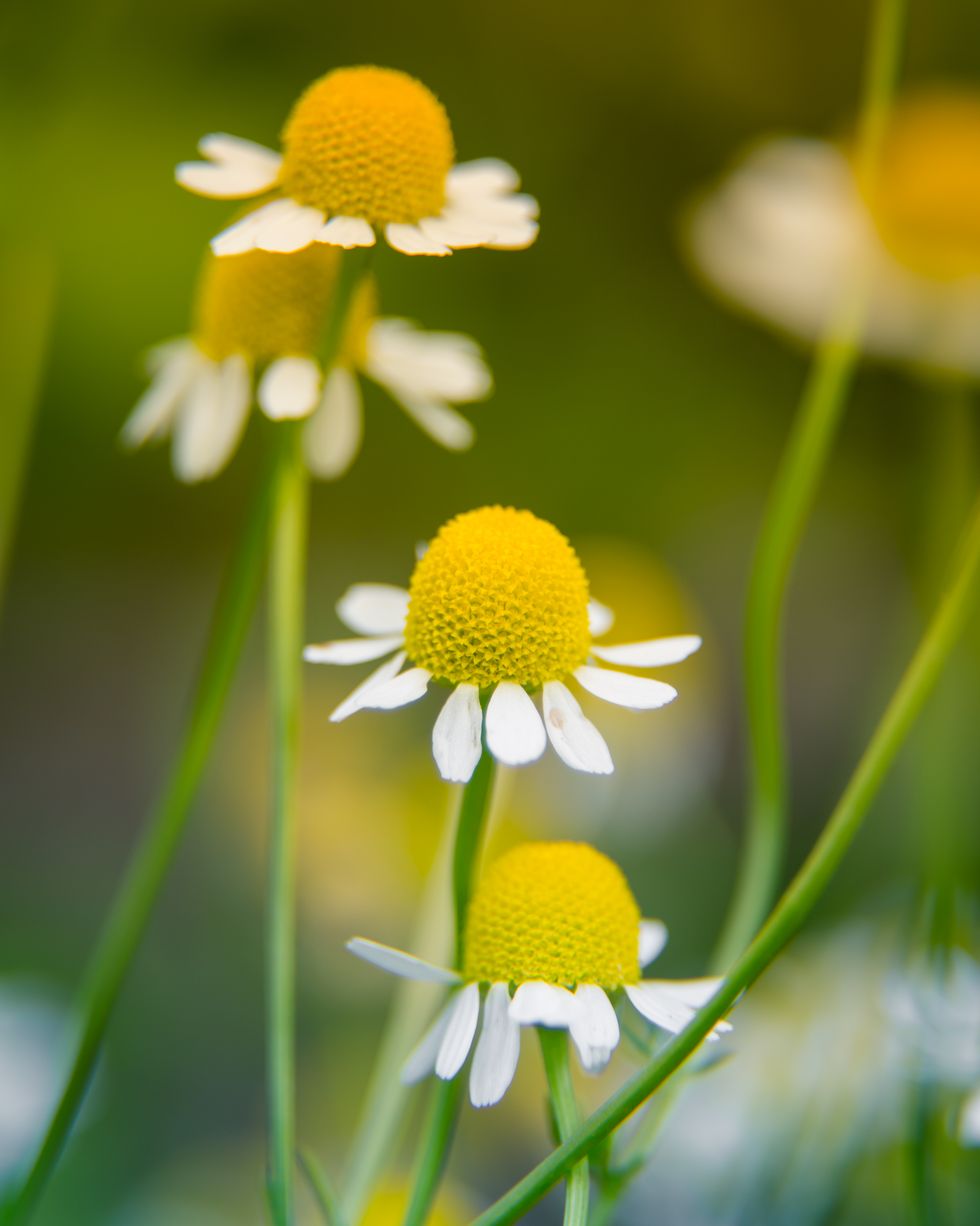 Dace Znotina//Getty Images
Dace Znotina//Getty ImagesYes, you can make tea from these dried flowers! (You can also make a pretty tasty cocktail.)
Make sure to plant Roman chamomile, a low-growing perennial, and not the annual, called German chamomile. It likes full sun.
SHOP CHAMOMILE SEEDS
Nothing says fall like mums! They're perennial if you get them in the ground early in the season (spring through mid-summer) so that their roots can get established.
If you plant them too late in fall, they may not have enough time to get settled before winter so they're treated as annuals. Plant some in every color!
Related: How to Plant, Grow, and Care for Chrysanthemums
6Salvia
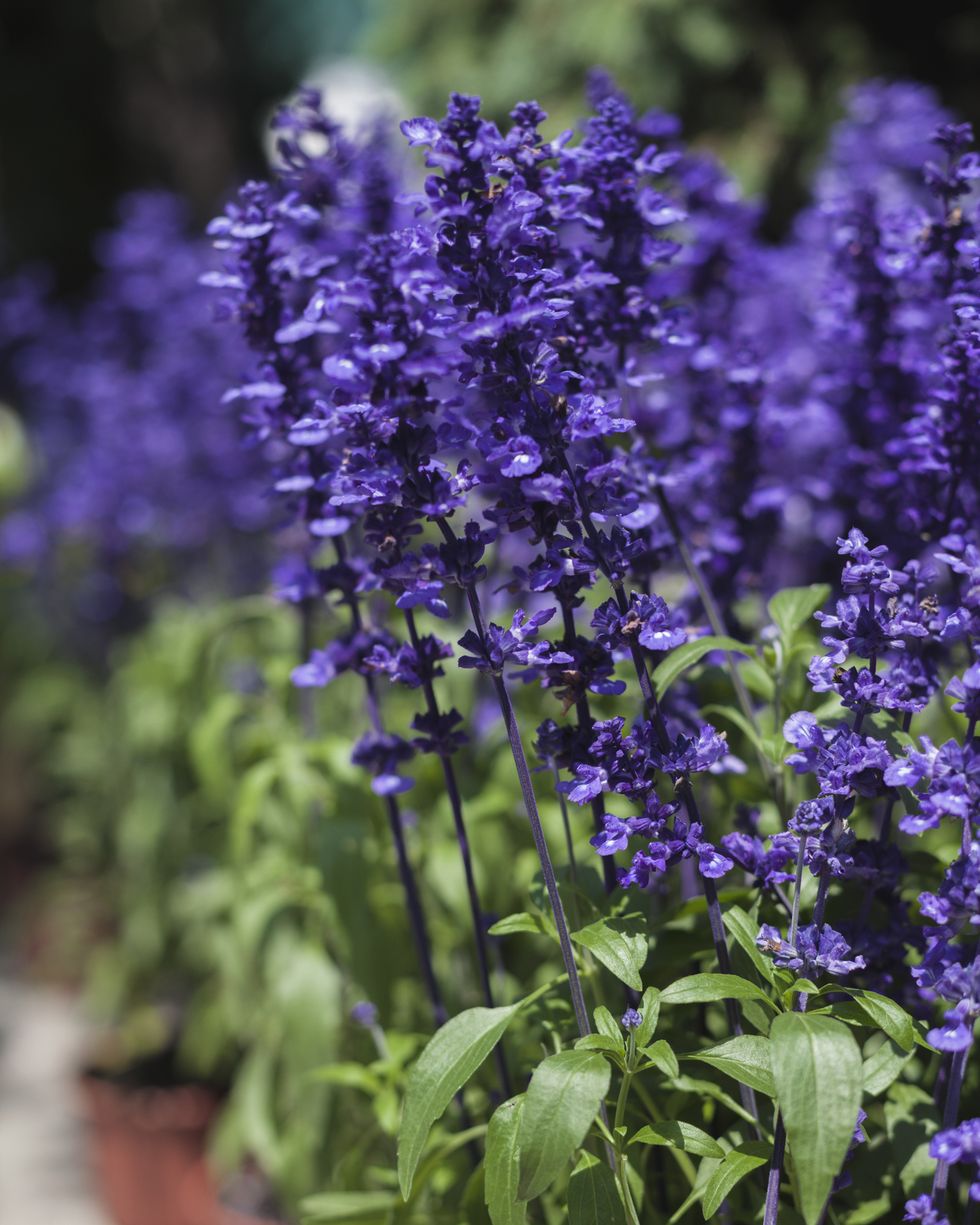 Westend61//Getty Images
Westend61//Getty ImagesThese spiky blooms belong at the back of your border in full sun. They're drought tolerant once established and bloom mid to late summer for several weeks.
Trouble with deer? They usually don't bother salvia. Pollinators such as hummingbirds love salvia! (Here are more flowers that pollinators love.)
SHOP SALVIA PLANTS
Advertisement - Continue Reading Below
7Hellebore
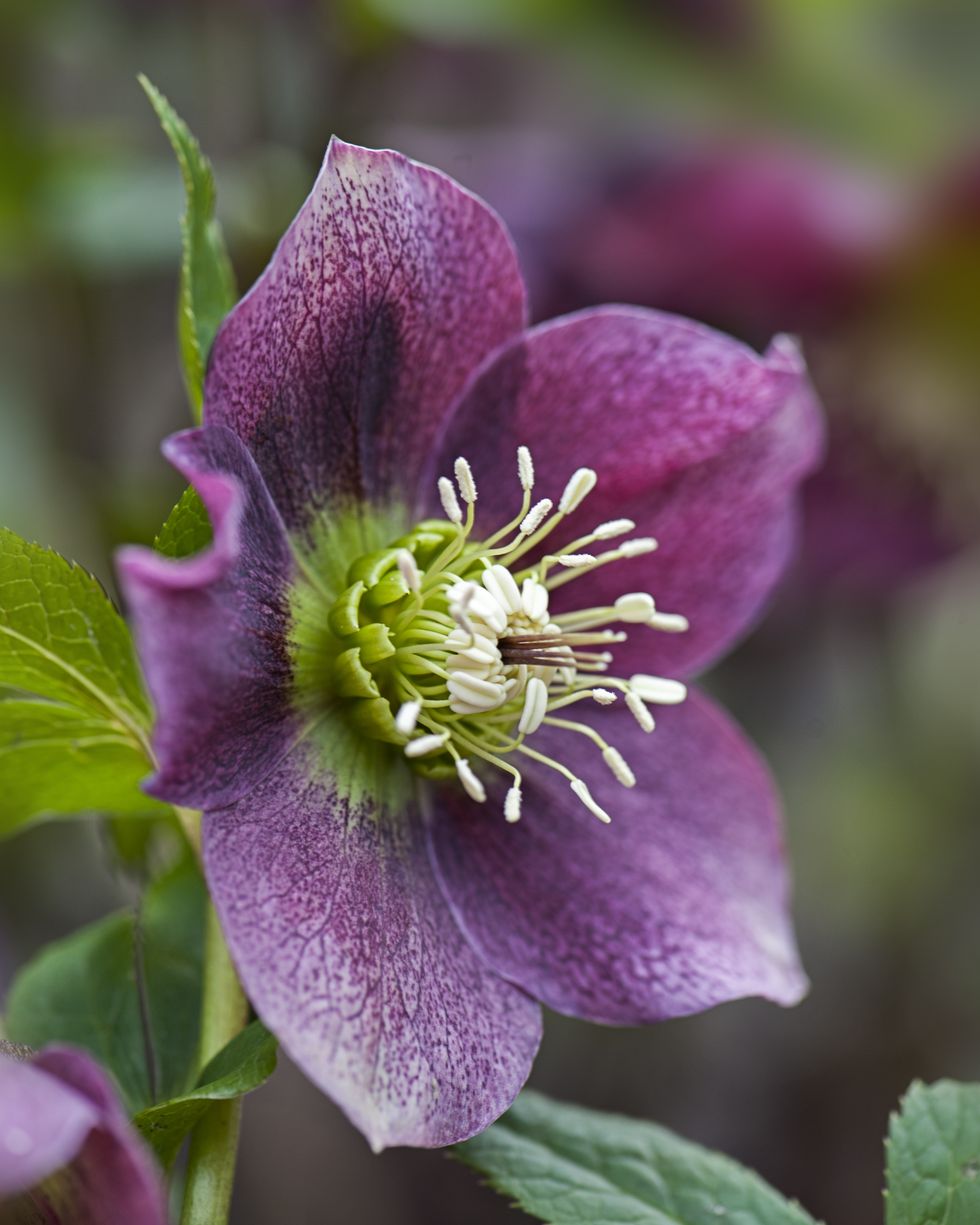 Jacky Parker Photography//Getty Images
Jacky Parker Photography//Getty Images 8Columbine
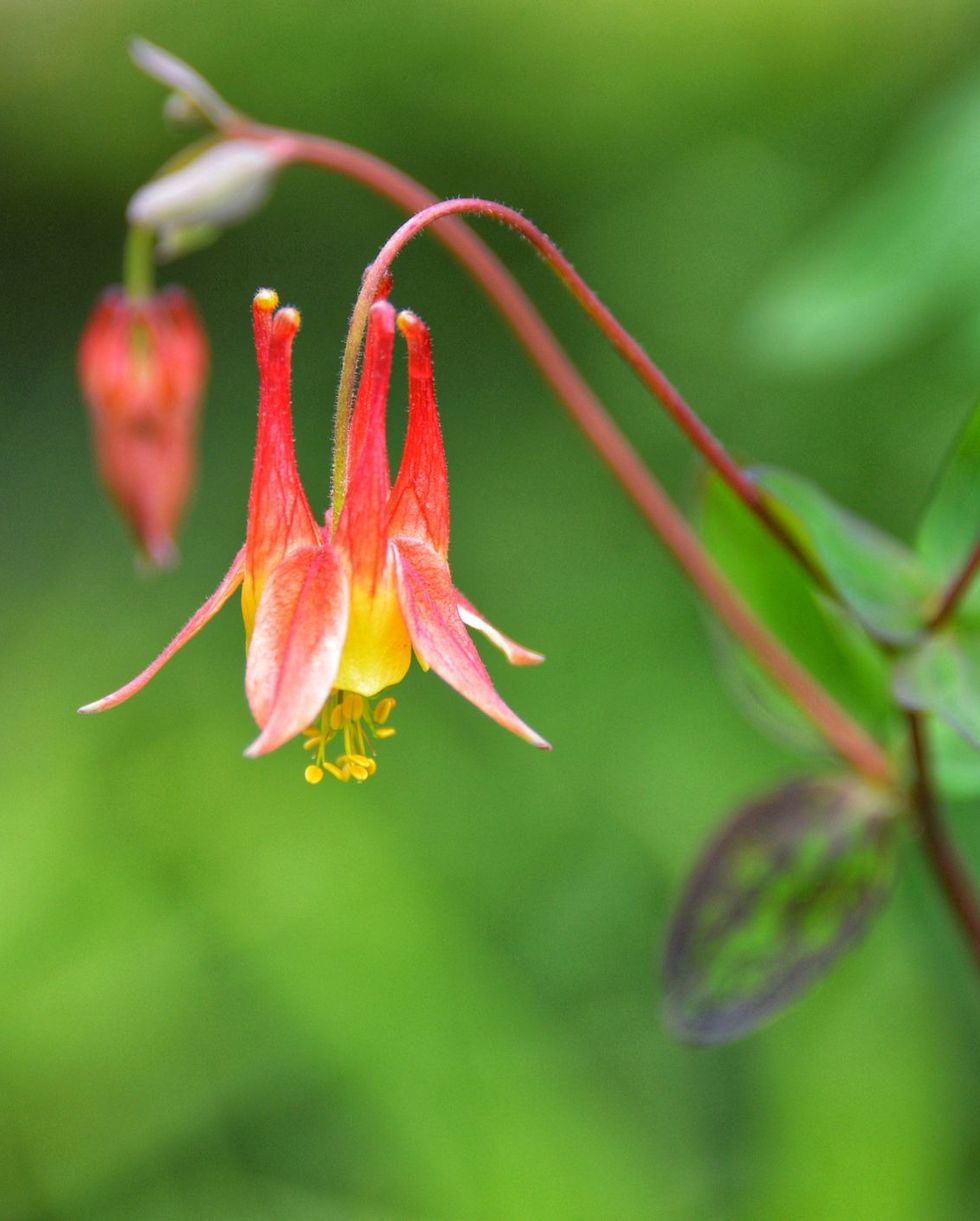 Getty Images
Getty ImagesNot only do this perennial's trumpet-shaped flowers attract hummingbirds, the species Aquilegia canadensis (Eastern red columbine) is native to North America.
Give this summer bloomer part shade.
SHOP COLUMBINE
9Shasta Daisy
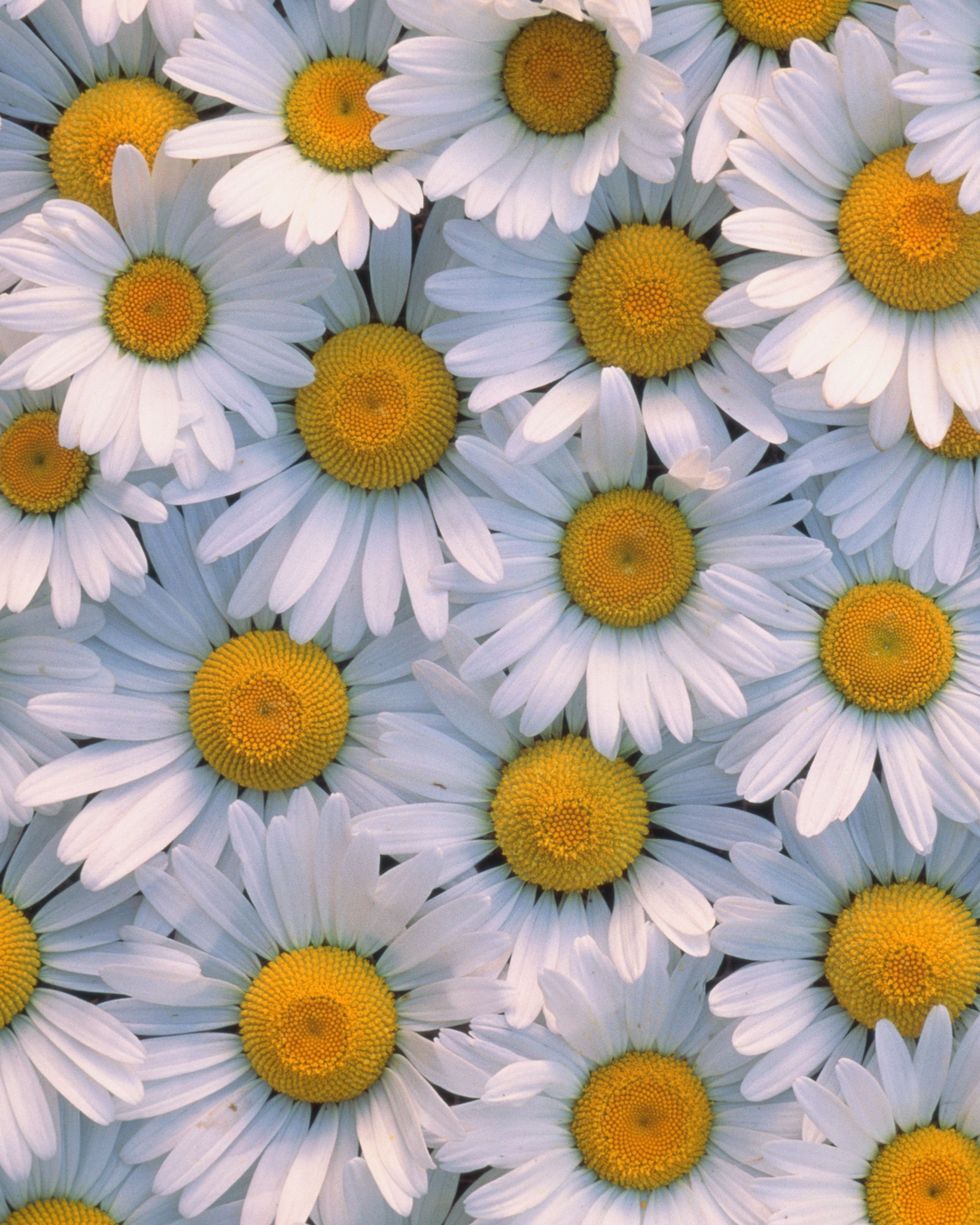 Getty Images
Getty ImagesThe shasta daisy is a low-maintenance perennial plant that looks like the common daisy but grows in bushes that span about 3 feet tall and 2 feet wide. Plant it where it will get full sun.
Related: How to Grow Daisies
SHOP SHASTA DAISIES
Advertisement - Continue Reading Below
10Astrantia
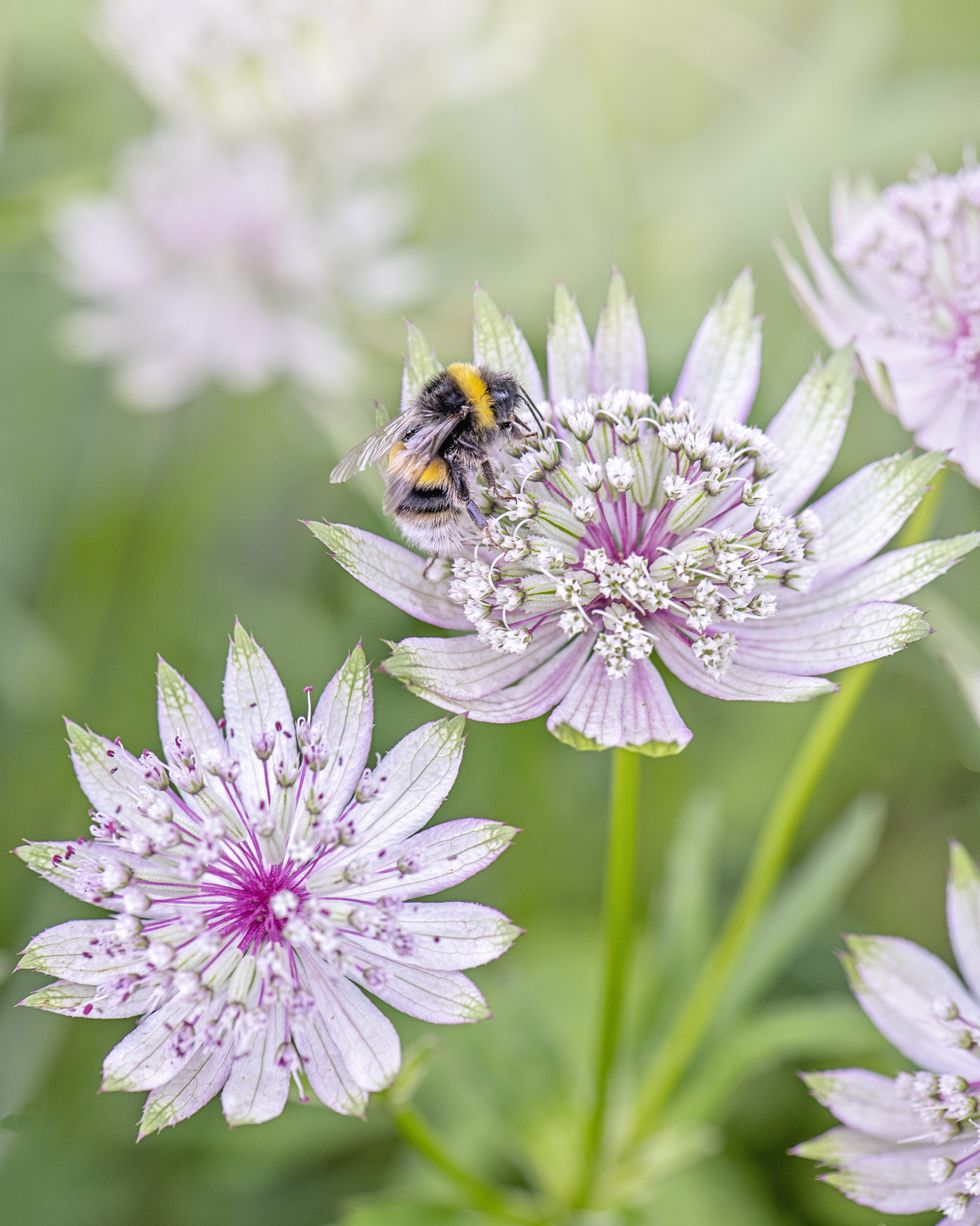 Jacky Parker Photography//Getty Images
Jacky Parker Photography//Getty ImagesHere's a perennial that's long been a cottage garden favorite but is not as well-known these days.
It deserves a space in your garden! Its beautiful flowers bloom for a long time from early summer to early fall. Pollinators adore it, and the flowers are lovely in a cutting garden or dried.
SHOP ASTRANTIA SEEDS
11Thrift (Armeria maritima)
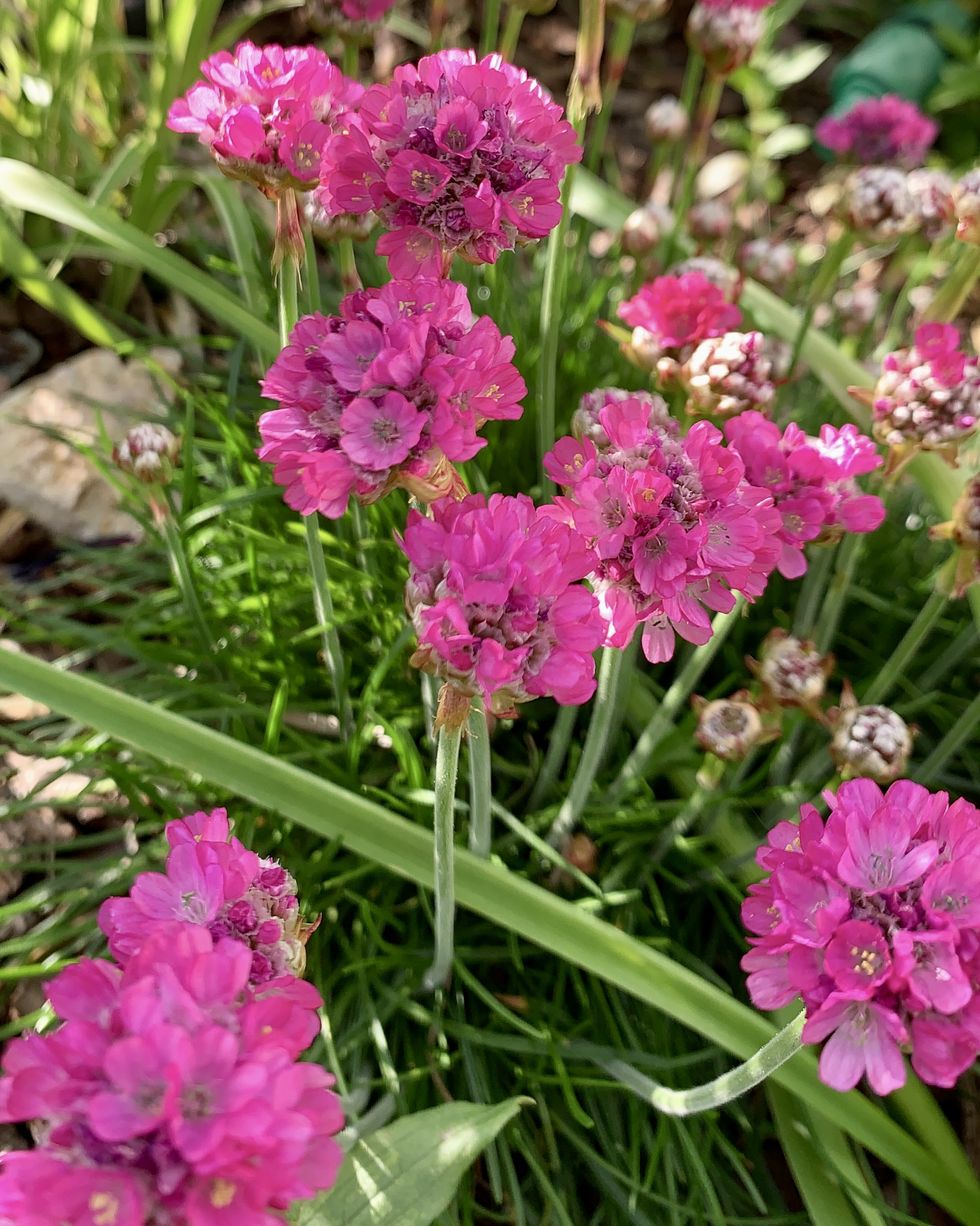 KB90//Getty Images
KB90//Getty ImagesThe grassy foliage of this plant is attractive all season long, but the tiny ball-shaped flowers that pop up in late spring and early summer are the reason to plant this adorable perennial.
Thrift likes part to full sun.
SHOP THRIFT
If you want a perennial that blooms most of the summer, plant catmint! The leaves are grey-green and have a pleasantly spicy scent, while the purple spikes attract tons of pollinators.
Give it full sun.
Advertisement - Continue Reading Below
13Coneflower (Echinacea)
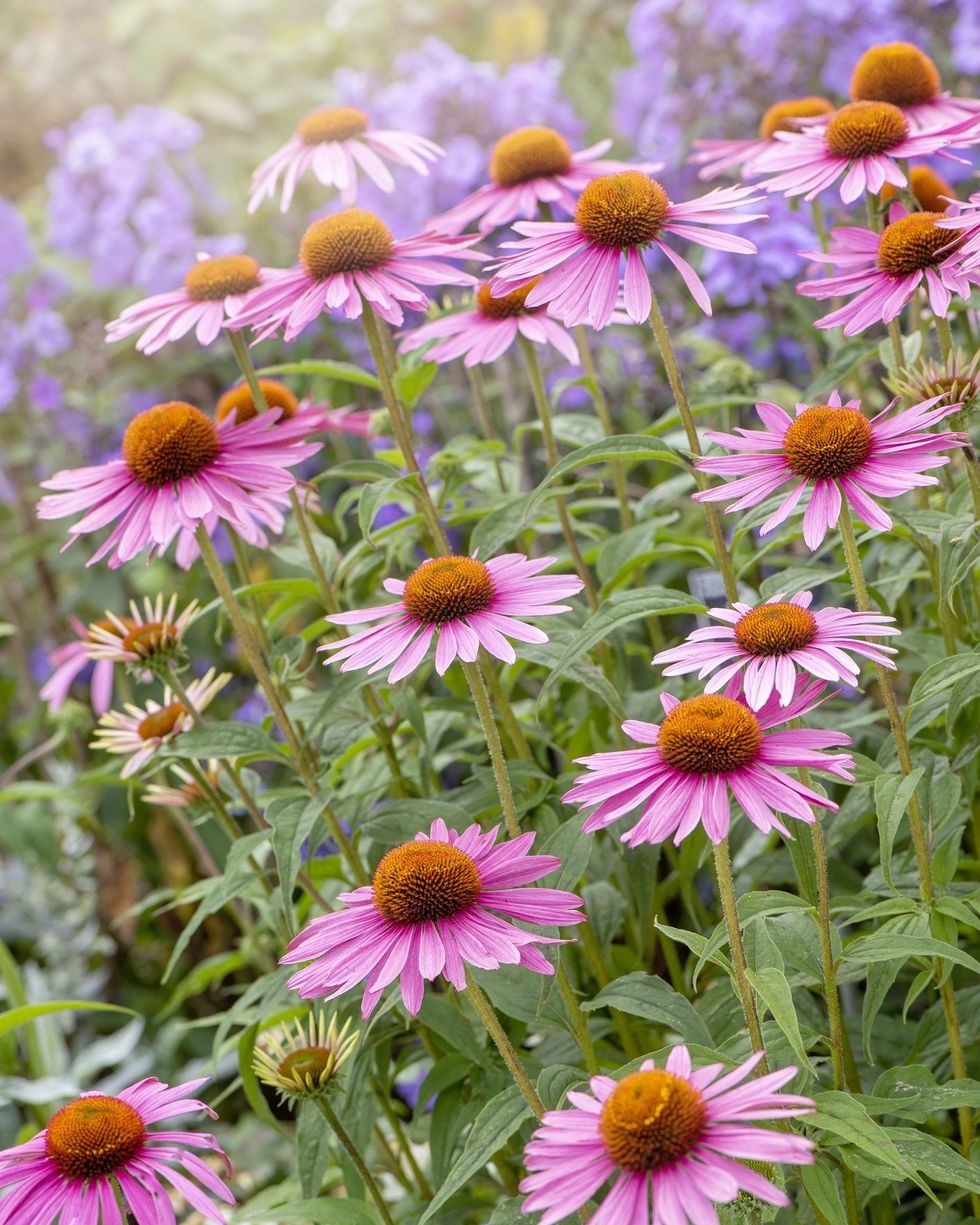 Jacky Parker Photography//Getty Images
Jacky Parker Photography//Getty ImagesPurple coneflower (actually a light pinky purple) is the original, but today coneflowers come in almost every shade of the rainbow! They need full sun and range in height from 12 to 36 inches tall, so read the tag so you plant them accordingly in your mixed border.
Fun fact: Echinacea isn't the only flowering plant known as coneflower. Plants in the genus Rudbeckia, which includes perennial and annual species, also go by the common name.
SHOP CONEFLOWER SEEDS
Put this full-sun spring bloomer on your shopping list for fall—that's when it's the best time to plant. Each flower looks like a watercolor work of art.
Over time you can divide them and transplant the extras elsewhere in your garden or pass them along to a friend.
Related: How to Care for Irises Like an Expert
15Amsonia
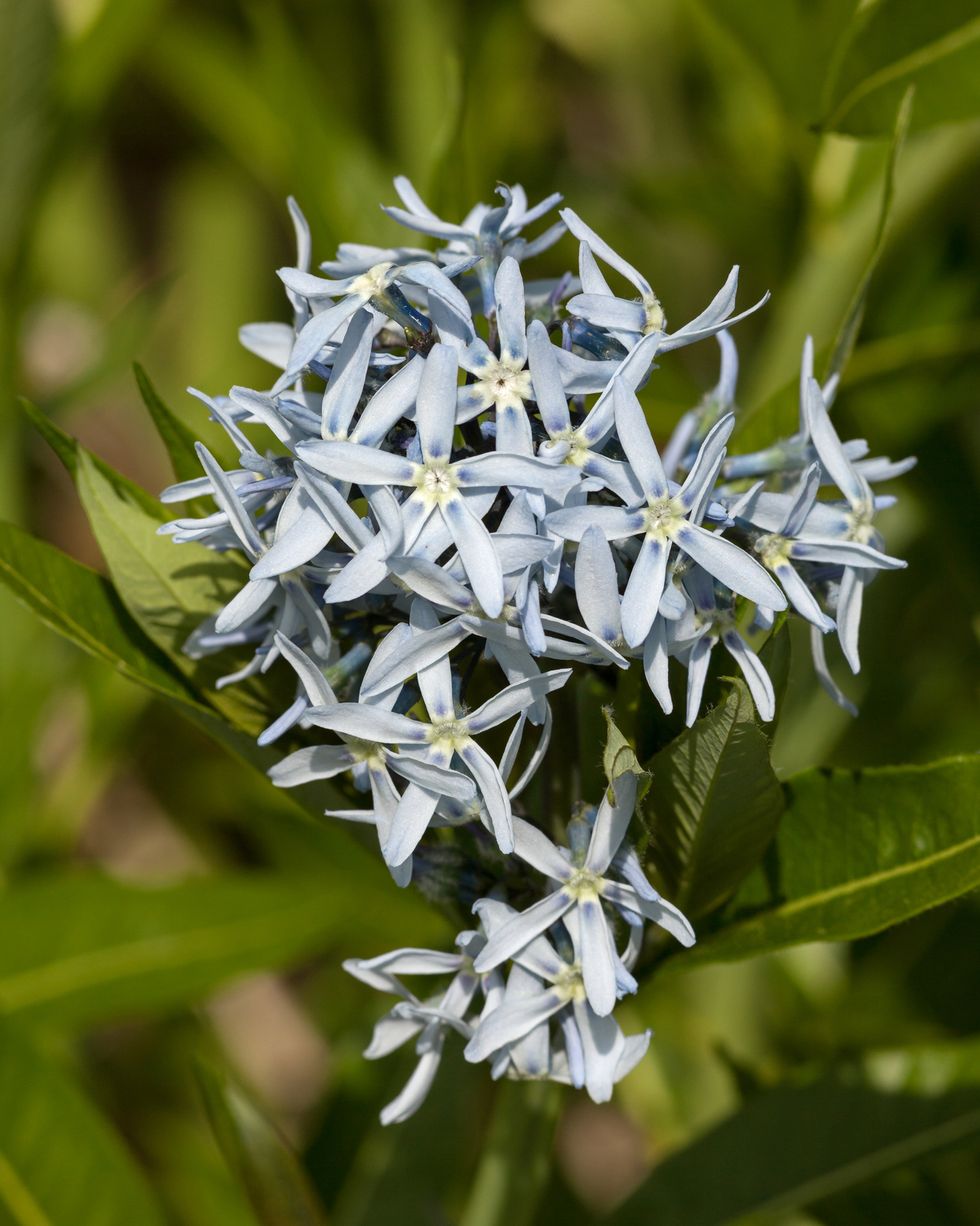 Andyworks//Getty Images
Andyworks//Getty ImagesClusters of starry blue flowers cover this plant in spring to early summer. It looks best planted in masses. It likes part to full sun.
SHOP AMSONIA
Advertisement - Continue Reading Below
If you have trouble growing anything in your soil, give daylilies a try.
They multiply year after year. Each bloom only lasts one day (thus, the name!), but they flower profusely. Make sure they are in full sun for best blooms.
18
False Indigo (Baptisia)
18
False Indigo (Baptisia)
This lesser-known perennial has beautiful spikes of indigo blue, pink, yellow, white, or purple-black flowers that become attractive seedpods in the fall.
Pollinators like it too! Give it full sun.
Advertisement - Continue Reading Below
Peonies bloom in late spring to early summer, and the plants get bigger and better every year.
Give them plenty of full sun and space to grow because they don't like being moved (they tend not to bloom the next year), and they don't like being crowded! The ants you see are just coming to sip nectar; they don't harm the plant.

Arricca Elin SanSone has written about health and lifestyle topics for Prevention, Country Living, Woman's Day, and more. She’s passionate about gardening, baking, reading, and spending time with the people and dogs she loves.

Terri Robertson is the Senior Editor, Digital, at Country Living, where she shares her lifelong love of homes, gardens, down-home cooking, and antiques.
Advertisement - Continue Reading Below
Advertisement - Continue Reading Below
Advertisement - Continue Reading Below



